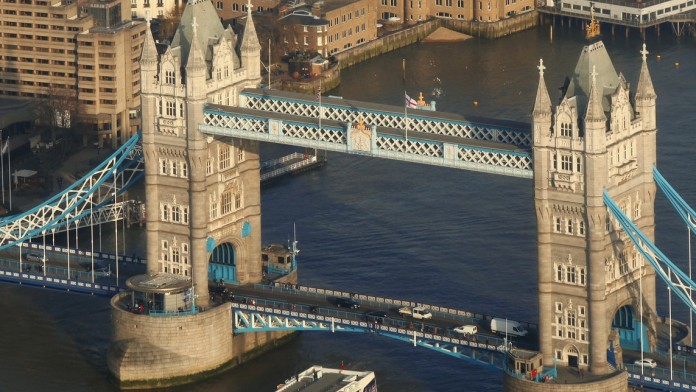The 1980s
Developing our key national and international priority areas
The early 1980s are overshadowed by the international debt crisis. This places a heavy financial burden on development policy, especially since funds for foreign capital assistance are also becoming increasingly scarce in the rich donor countries. Instead of loans, the poorest developing countries now receive grants. Existing debt is being cancelled.
Sustainable poverty reduction and resource conservation with KfW's Financial Cooperation

At this time the understanding of development problems changed, as are the approaches selected to address them. Partnership is replacing assistance – and capital assistance has become Financial Cooperation. KfW is increasingly gearing its work to achieving sustainable and effective poverty reduction and natural resource management. This requires stronger advisory and consultancy services in partner countries. Today, more than 70 KfW offices in developing and emerging countries are supporting and coordinating work and assignments on the ground.
Internationalisation of the capital markets

Refinancing also receives a makeover. Until the mid-80s, KfW's refinancing activities followed a fairly unspectacular trajectory. The conventional practice was "traditional" refinancing in Deutschmarks, mainly using "Schuldscheine" (promissory notes), as was customary in those days. Now, though, there is movement on the financial markets – the growing internationalisation of the capital markets opens up whole new vistas for KfW.
The vigour of KfW's export financing business means there are new levels of risk to be managed, especially currency risk. First bonds are issued on the euro-dollar market, in Swiss francs and in pounds sterling. These are later followed by dollar and yen issues, both markets that will later prove to be key refinancing sources for KfW.
Registered with SEC

In 1985 KfW is one of the first German issuers to undergo a credit rating – and is awarded a triple-A (AAA) rating. Two years later KfW successfully registers with the Securities and Exchange Commission (SEC) – the first German issuer to do so.
In 1989 KfW raises funds worth an equivalent of EUR 8.7 billion on the capital market – at this point barely one fifth of the funds approved for 1989 originate from the ERP Special Fund. Today, KfW Group's issuance volume of around EUR 75 billion makes it Europe's fifth-largest issuer after Germany, France, the UK and Italy.
Chronicle

1981
- The Federal Government launches a KfW Special Programme to promote structural change, worth EUR 1.74 billion
- Technology programme for German investment in developing countries
1983
- KfW-funded programme for innovation risk financing
1984
- KfW establishes its own environmental programme
1985
- SME programmes to promote the construction industry
- KfW programme with the Federal Ministry of Science and Technology (BMFT) for wind power plants in developing countries
1986
- KfW receives a triple-A rating from Moody's and Standard & Poor's.
1987
- First foreign currency issues; first interest and currency swaps.
KfW becomes the first German issuer on the American capital market to be registered with the Securities and Exchange Commission (SEC).
1988
- KfW municipal programme
1989
- KfW housing construction programme
- KfW equity programme of the Federal Ministry of Science and Technology (BMFT)




Share page
To share the content of this page with your network, click on one of the icons below.
Note on data protection: When you share content, your personal data is transferred to the selected network.
Data protection
Alternatively, you can also copy the short link: https://www.kfw.de/s/enkBbg4C
Copy link Link copied